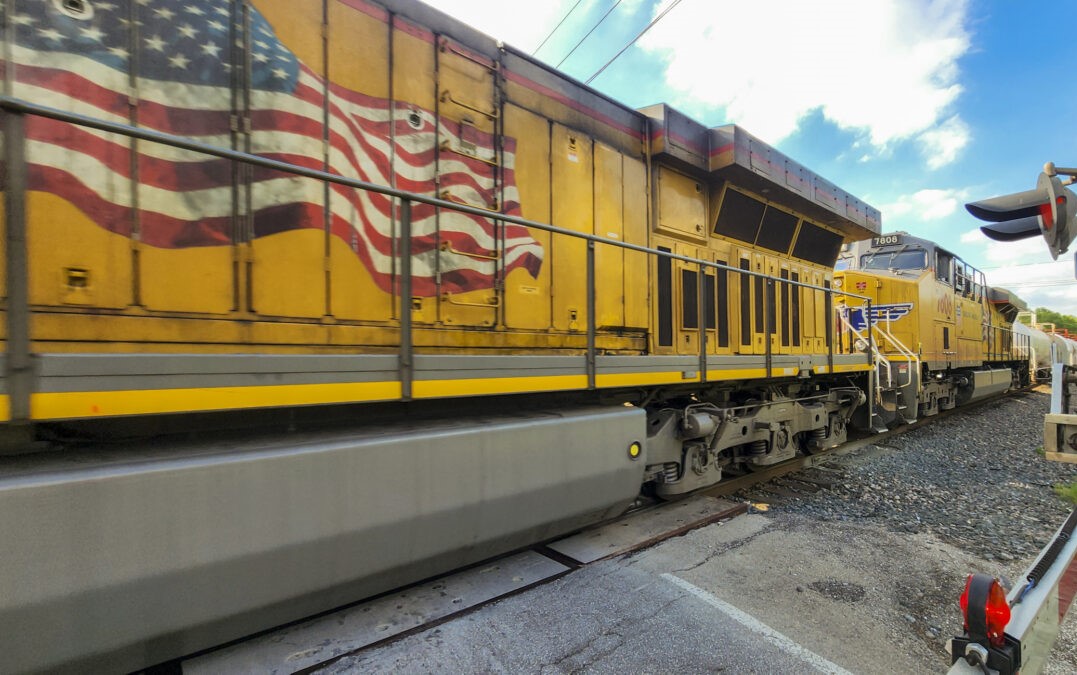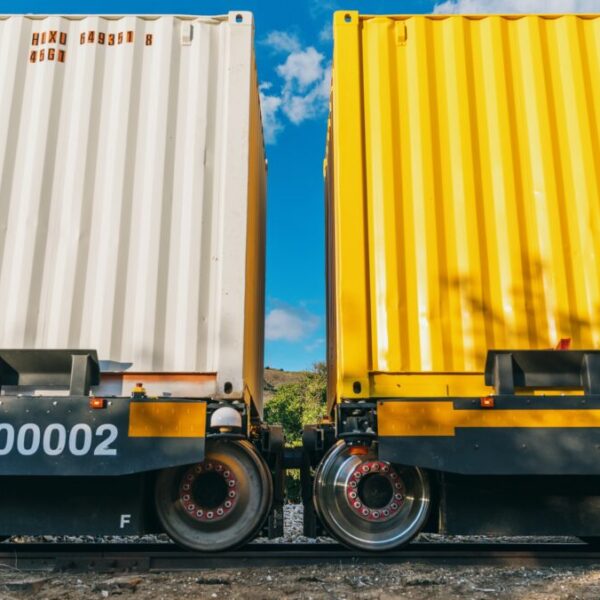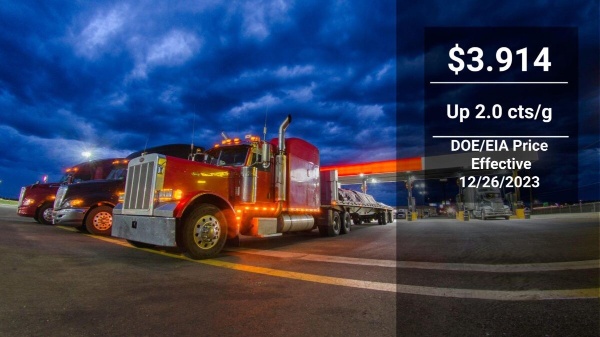After a five-day stalemate that left thousands of rail cars stranded, U.S. Customs and Border Protection reopened three bridges Friday connecting Texas and Mexico to freight rail traffic.
CBP Halts Trains Over Migrant Smuggling Concerns
U.S. Customs and Border Protection (CBP) suspended operations at three railroad bridges early this week citing increased levels of migrant smuggling attempts in the border region.
The agency announced Friday afternoon it had reopened international crossings at El Paso and Eagle Pass, Texas, resuming 24/7 operations for freight trains once more.
The affected bridges serve as critical border checkpoints for trains carrying goods between the U.S. and Mexico. El Paso has two key rail bridges, one used exclusively by BNSF Railway and one carrying Union Pacific trains. Eagle Pass has a single rail bridge utilized by both railroad companies.
In a statement, CBP said the five-day closure was a “blunt force tool” necessary to respond to the unprecedented humanitarian crisis along the southern border. But railroad leaders warned the move did little to bolster CBP’s actual enforcement capacities.
10,000 Rail Cars Stranded, Sparking Supply Chain Concerns
With the border rail crossings closed since Monday, freight mobility has ground to a halt in both directions. By midweek, Union Pacific estimated nearly 10,000 of its rail cars were stuck on both sides of the border pending clearance.
Industry groups called the halted train traffic an ill-considered move that jeopardized fragile supply chains. The Association of American Railroads said CBP was operating under “exceptionally difficult circumstances” but closing the border to trains failed to enhance security.
BNSF Railway kept a temporary embargo in place Friday on most southbound shipments to Mexico, excluding time-sensitive automotive and intermodal loads. Requests for other cargo to cross would be handled case-by-case, BNSF told customers.
The Southwest region relies heavily on cross-border freight and rail flows worth billions of dollars each year. With tensions already high over trade, immigration and security, this week’s outright closure of border rail operations added further stress.
Relief As Key Crossings Reopen To Freight Traffic
The reopening news came as a relief to railroads, shippers and industries reliant on a steady flow of materials between both nations. But railroad executives cautioned it could still take days to ramp back up to normal levels across the supply chain.
“The Biden administration made the right decision to protect our supply chain and keep goods moving between the U.S. and Mexico,” said Ian Jefferies, president and CEO of the railroad trade group AAR.
Jefferies urged continued collaboration with CBP, asking the agency to avoid outright closures in the future as it grapples with immigration challenges. Railroad leaders stressed they remain willing partners in border security efforts.
Both BNSF and UP said clearing the backlog of time-sensitive shipments was their top priority. They expressed confidence normal operations would be restored shortly now that trains can once again cross between Texas and neighboring Mexican states.
Pressure Mounting Amid the Ongoing Border Crisis
In announcing the reopening, CBP acknowledged the complex situation still unfolding along the U.S.-Mexico boundary. The agency said it would keep adjusting resources to both facilitate lawful transit and crack down on illegal crossings.
CBP closed south Texas’ Eagle Pass bridge for similar reasons back in September over a surge of migrants attempting to enter the country.
Industries relying on cross-border cargo flows have faced spiraling effects from CBP border management decisions before. In 2019, a CBP officer shortage led to prolonged commercial vehicle inspection delays that cost billions in economic productivity.
As traffic resumes on the recently reopened rail bridges this week, railroads say continued engagement with CBP is key to ensuring security on the one hand while avoiding supply chain disturbances on the other.
By leveraging their expertise and resources, Lading Logistics aims to provide efficient and reliable international shipping and logistics solutions for their clients.



